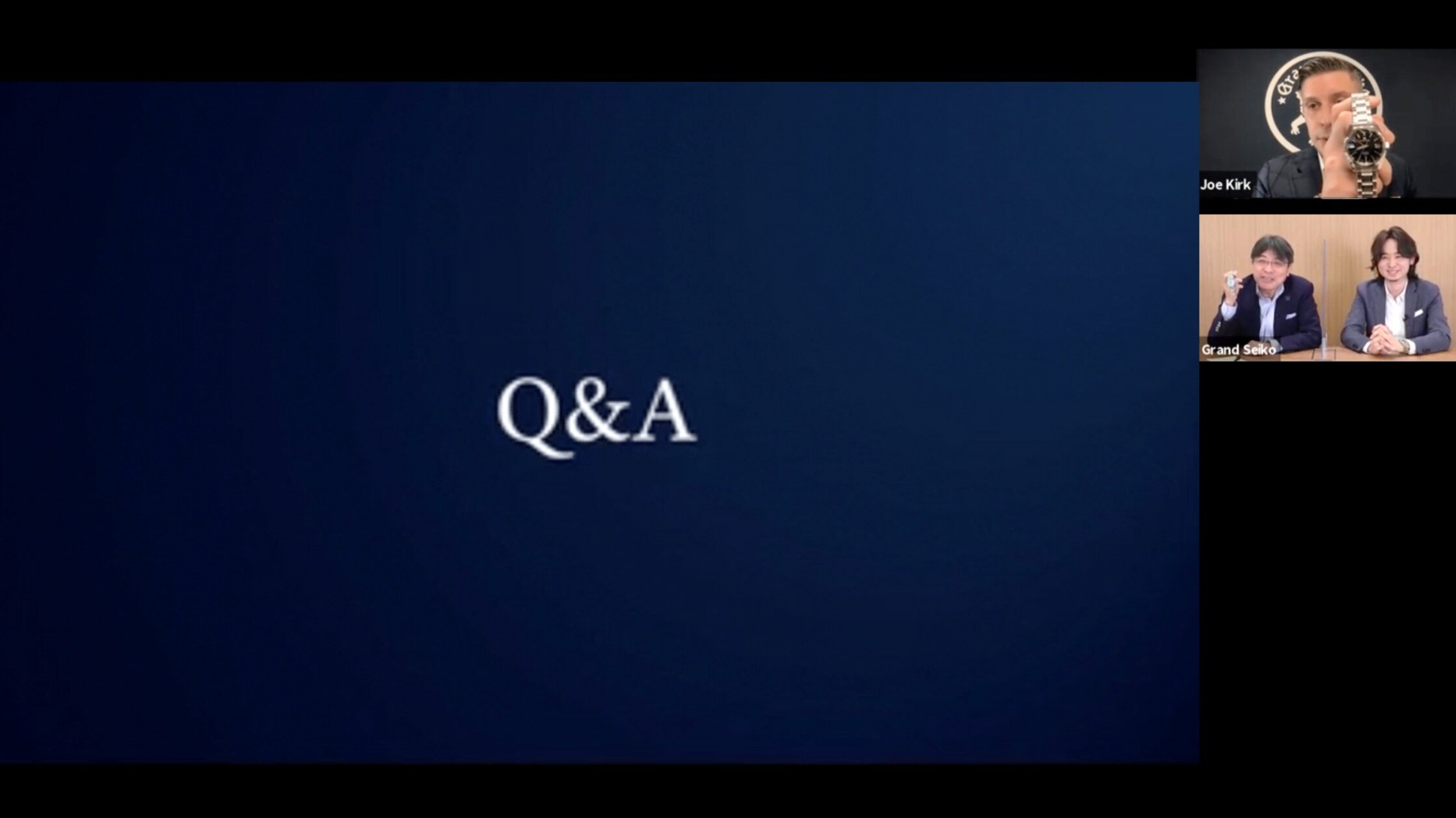Join HSNY on Monday, December 7, 2020 for a virtual lecture on A Tapestry of Time, presented by William J. H. Andrewes, Sundial Architect & Horological Consultant, Concord, Massachusetts.
With the phenomenal advances in technology that have transformed the wristwatch over the last few decades, it is easy to overlook the seminal contributions made 250 years ago by the pioneers of precision timekeeping. Chief among these was John Harrison, who, against all odds, made the first timekeeper that solved the problem of finding longitude at sea and thereby ushered in the age of high precision, portable timekeeping. At the December 2020 lecture of the Horological Society of New York, William Andrewes will discuss Harrison’s history.
One hundred years ago this year, Rupert Gould saw for the first time John Harrison’s marine timekeepers, H1, H2, H3, and H4, and, soon after, began the painstaking task of their restoration. H1, in particular, was in such deplorable condition that, had he not brought it back to life and described it so eloquently in print, it might not have survived. Yet, Gould did not fully recognize Harrison’s influence on the development of precision timekeeping. Fifty years ago, Harrison’s marine timekeepers were considered by some to be a glorious dead-end and his claim of the accuracy of a second in 100 days for his precision regulators was regarded as a gross exaggeration.
Since the publication of Dava Sobel’s best-selling book Longitude and the documentary and feature film that followed in its wake, John Harrison has become as well-known as Isaac Newton, Thomas Tompion, and George Graham and is now honored like them with a memorial in Westminster Abbey. Most recently, his timekeepers were featured in an international touring exhibition called “Ships, Clocks, and Stars” organized by the National Maritime Museum, Greenwich.
The story of the renaissance of mechanical timekeeping over the last 50 years forms a tapestry of time, woven with a common thread of interest by many remarkable and colorful characters — makers like George Daniels, collectors such as Seth Atwood, dealers, writers, artists, and others with whom William Andrewes has worked to give Harrison the recognition he was for so long denied.
Zoom Webinar to begin promptly at 7:00pm Eastern Time (US and Canada).
Webinar registration is required.























